Motherboards and motherboard sockets are a subject that can make even the most enthusiastic PC gamer curl over with boredom. Still, it’s something you have to get right at the very start of a new build.
The array of motherboard choices out there can be bewildering; there’s one for every use, niche and sensibility, and these days they come in custom colors and patterns. The most important differences are in function, though, not aesthetics. Tiny, seemingly insignificant differences in model number hide huge disparities in performance potential and hardware compatibility.
So before you go wading through them all, there are a couple of things to narrow down. You have to understand the kind of socket you need, and know what form-factor you’re going to be building in. And deciding whether your rig is all about gaming, tweaking overclocked hardware, or productivity.
Motherboards don’t affect performance much themselves, but quality components enable your CPU to reach its full potential. That shiny new Ryzen 9 5900X can’t be overclocked without a motherboard that’ll let it, and an Intel Core i9 12900K Alder Lake chip simply wont fit into motherboards older than the Z690, with its LGA 1700 socket.
Once you’re done here, check out our best gaming motherboards feature to find the one for you.
Think about your build style and size
The key to navigating the motherboard maze is mapping where you want to take your system. It starts with size. How small does your computer need to be? When it comes to motherboards, bigger is usually better, roughly up to full-sized ATX. Go with the biggest board your case can comfortably accommodate; don’t let the novelty of a small board tempt you unless absolutely necessary, or if novelty is part of the mission plan.
Why? Smaller boards cost more, provide fewer features and just aren’t as stable as big ones. Unless there’s a specific reason to go Mini-ITX, it’s better to avoid them for gaming.
Larger boards are easier to work with, provide better voltage regulation, and offer niceties like room for serious graphics cards, more slots for M.2 drives, and extra RAM capacity. You also avoid the skinned knuckles and high blood pressure inherent in every tight build.
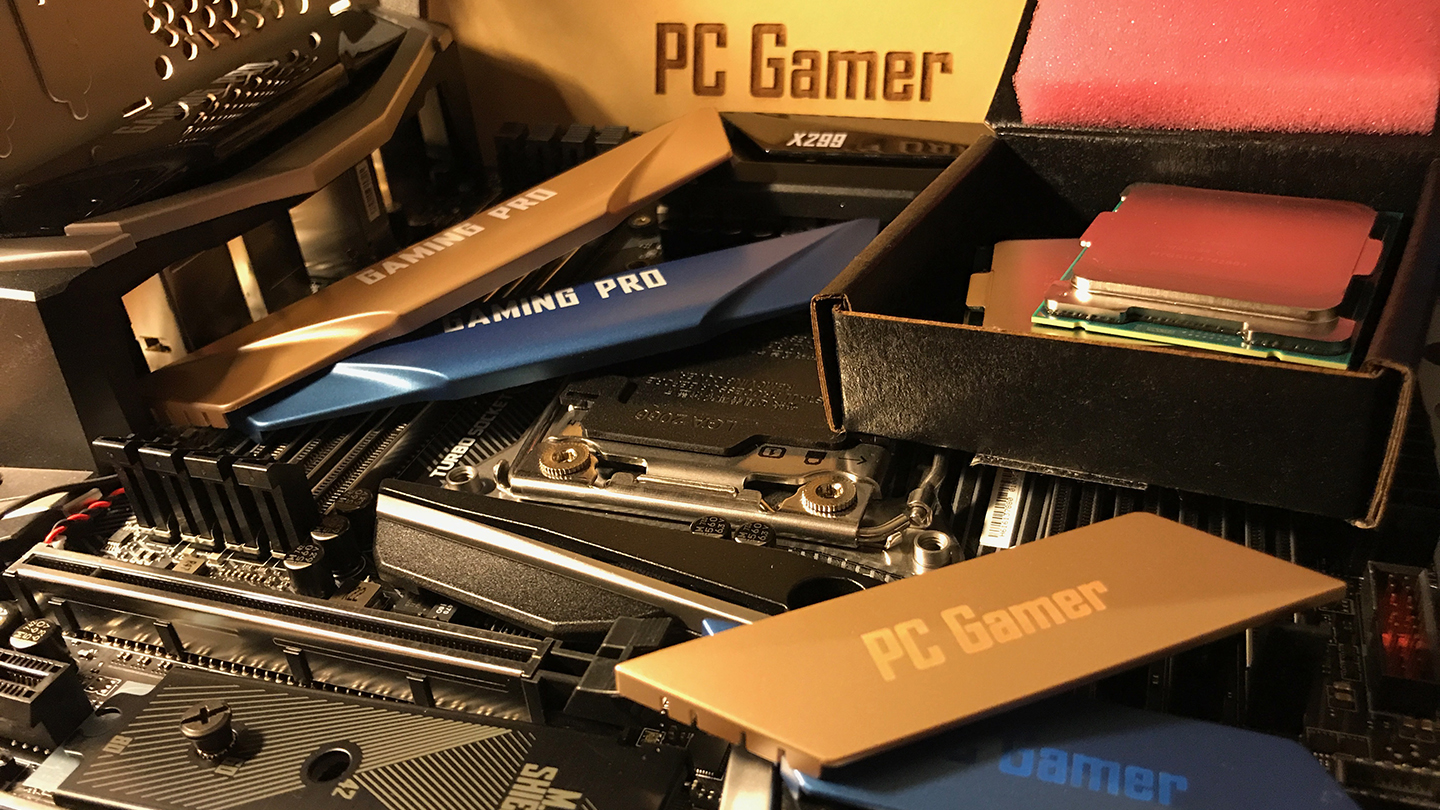
For example, Mini-ITX boards that feature M.2 slots frequently put them on the backside of the motherboard, so you’ll need to disassemble your system to reach them or purchase an enclosure that has a cut-out specifically for this purpose.
The ‘bigger is better’ rule erodes for the largest motherboards, as prices for E-ATX and ATX-XL boards and the cases they require skyrocket. Enclosure prices can more than double moving from mid- to full-sized towers, adding significantly to a system’s bottom line. Remember to include the hidden expense when buying and building beyond ATX.
The next step is listing all the things you need from a system. What kind of drives are you hooking up? Are you using Ethernet or wi-fi? Are you running more than one graphics card? How big is the CPU cooler? Any motherboard worthy of consideration should accommodate it all with to room to grow. It’s easy to be seduced into a high-priced boutique board only to find out the RAM slots are too close to the CPU socket for your cooler, or it has one less USB Type-C port than you need. When it comes to motherboards, features and stability trump performance claims.
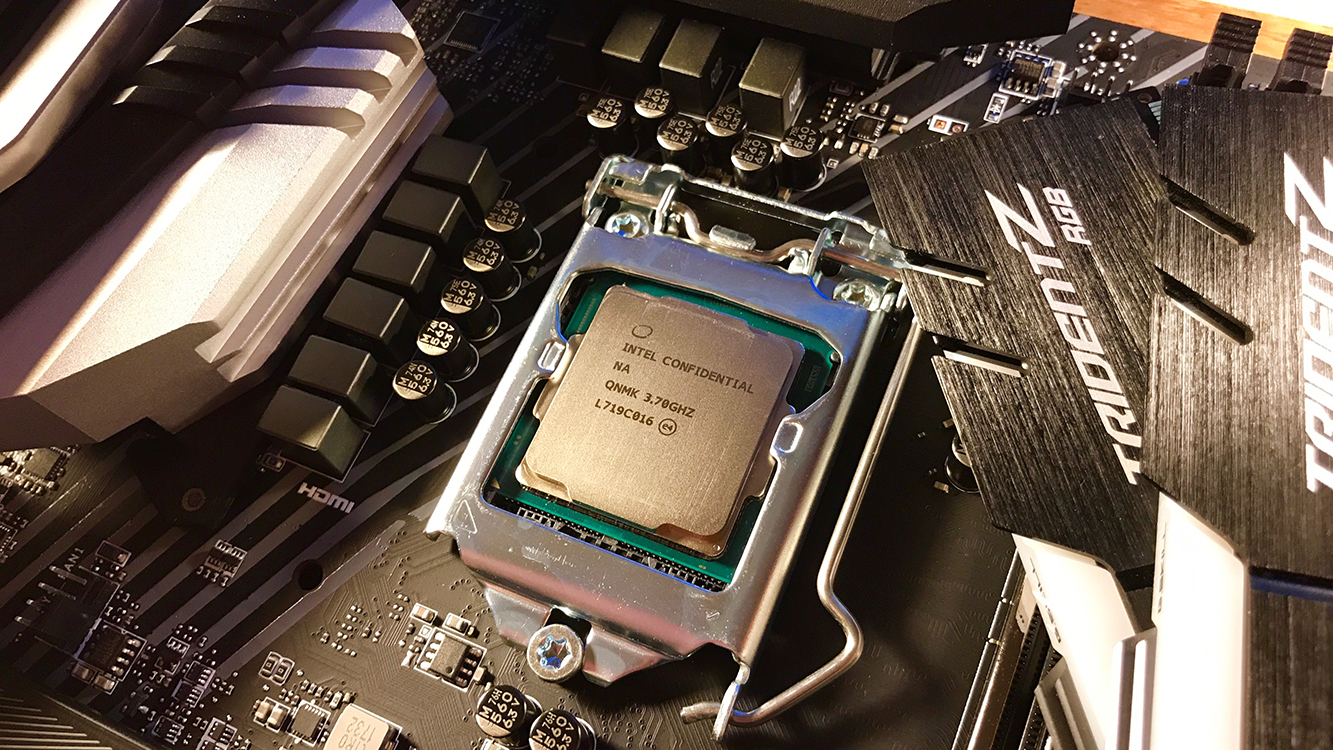
Early in the build process, spend a little time thinking about the look and character of your upcoming PC. Do you want a flashy, LED-soaked screamer or a sleek and silent sleeper? Feel like building a show-it-all full-sized plexiglass tower, or an impossibly tiny silver desktop ingot? Once you have a blueprint in mind, you can start making hardware choices.
There are four common motherboard sizes which fit different sized cases:
Mini-ITX: The smallest, designed for very compact builds and cases. Typically has only a single PCIe slot, meaning you can only fit one graphics card.
MicroATX: Smaller than your standard motherboard, but with more features and expansion options than Mini-ITX boards.
ATX: The standard motherboard size that fits in most PC cases, with multiple PCIe slots, M.2 slots for SSDs, lots of SATA connectors, and other features. For any mid-tower or full tower case, this is the typical choice.
E-ATX: Extended motherboards are most commonly used for high-end CPUs, like Intel’s Extreme series. They’re more expensive and usually come packed with high-end features. Often requires a large full tower case to fit.
Our guide to the best PC cases has choices big and small, and tells you what size motherboards will fit inside.
Intel or AMD
If you’re still deciding on a processor, head on over to our best CPU for gaming guide where we break down the choices for every budget and interest. While your pick here will influence the types of motherboard you can use, don’t worry about your choice locking you out of the latest features as it may have in years past. While fans of AMD or Intel may argue over processor supremacy, the motherboard situation is largely equal these days.
By now, you should have also selected the best graphics card for your needs. For gaming rigs, this is the single most important performance component, and the rest of the system should be built around running this GPU at the native resolution of your gaming monitor.
Motherboard chipsets explained
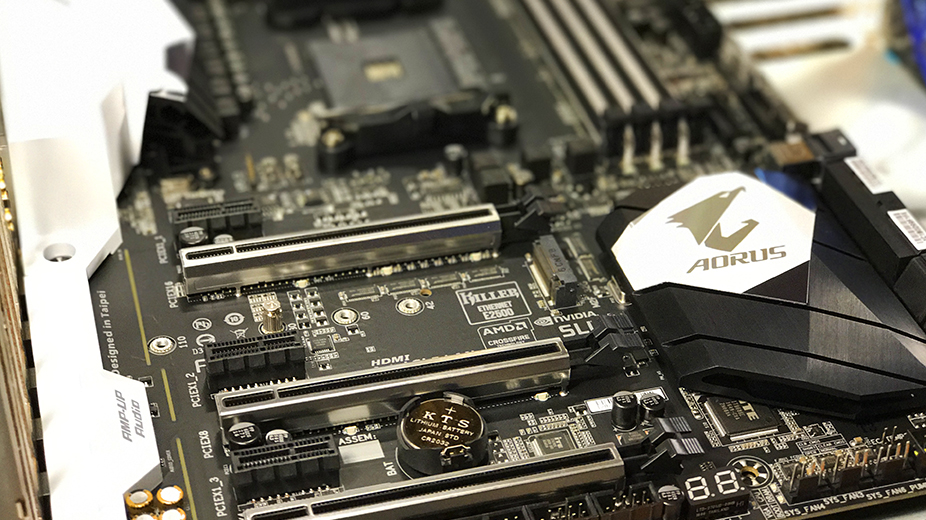
Chipsets provide the control logic required to make the components of a system work together, from CPUs to storage, and are responsible for the type and number of connectors available on a PC both inside and out.
Motherboards are identified by the chipsets they are based on, and these names change when major new CPU revisions are released, which happens frequently. That means that at any given time, a few generations of motherboards share the marketplace, adding to the confusion. To help make sense of this, here are the current chipsets and the sockets they support.
Intel motherboard options
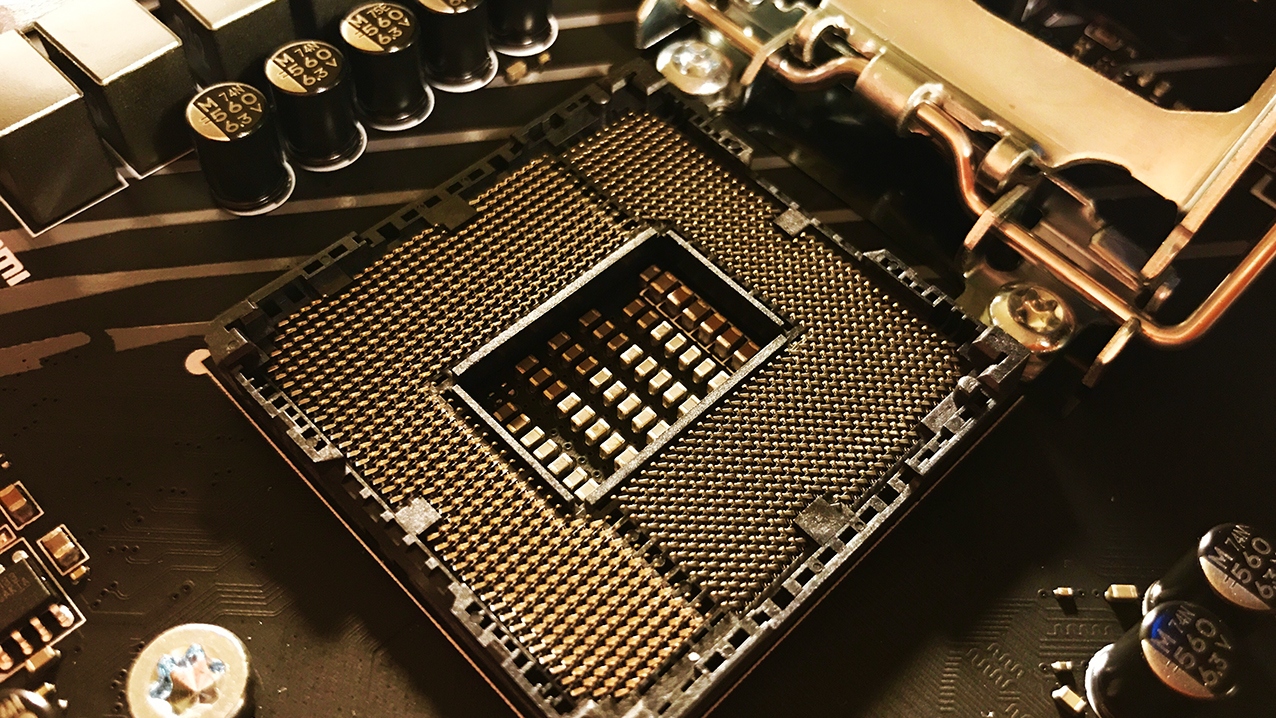
Intel 600 series
LGA 1700
Made to house 12th and 13th Gen Intel chips—Alder Lake and Raptor Lake respectively—Intel’s latest chipset instalments come in the form of Z690, H670, B660, and H610 motherboards. All of these allow some form of memory overclocking capability, and are all DDR5 compatible, though the H610 only comes with 1 memory channel—it and the B660 also have only 4 DMI 4.0 lanes, which is half that of the former two’s 8 lanes.
All chipsets in this series work with PCIe 5.0 for double the bandwidth of the previous generation, though the latter of the two has only one x16 PCIe slot, whereas the former also have two x8 slots.
If you plan on going for an enthusiast gaming build, the Z690 is the one for the CPU overclockers out there.
Intel 500 series
LGA 1200
Intel’s 10th Gen Ice Lake, and 11th Gen Tiger Lake CPUs, on the other hand, require LGA 1200 sockets. These include Z590, H570, B560, and H510 chipsets, with the Z590 made for CPU overclocking—you see the pattern emerging? The H510 doesn’t allow memory overclocking, either. Keep in mind that this series are PCIe 4.0 beasties, so they’re not touting the current 5.0 standard.
Intel 400 series
LGA 1151v2
Home to Intel’s 8th generation Coffee Lake and 9th generation Coffee Lake Refresh processors, the 300 series is getting on a bit now. The Z370 and Z390 chipsets, which support overclocking and Nvidia SLI, were most popular with enthusiasts with the mainstream H370 and B360 chipsets rounding out the gamer’s corner of these earlier motherboards. Intel also brought out its enthusiast X299 chipset, which is for its more extreme CPUs.
The X299 chipset uses the larger LGA 2066 socket, which accommodates the extra cores and other features found in the Extreme CPUs. It was regarded as pricey in its day, but included plenty of lanes for M.2 SSDs, multiple GPUs, faster DDR4 support, more ports, and more.
AMD motherboard options
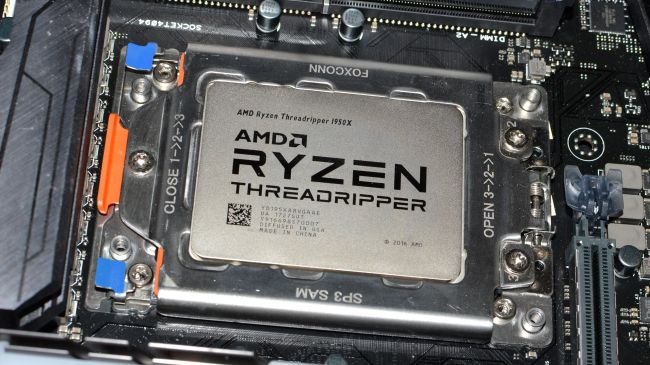
AM4 socket
AMD is a bit better about socket compatibility and motherboard longevity than Intel. Processor compatibility spans multiple product generations, so older Ryzen CPUs should work in later motherboards without a problem, although you’ll need to check the manual and update the BIOS to run newer processors on older chipsets.
Ryzen’s AM4 and the Threadripper’s TR4 sockets have been active for a long while now, and the 3rd gen Ryzen CPUs of 2019 even works on the 1st gen AM4 motherboards with a BIOS update.
AMD will be introducing it’s AM5 socket later this year though.
The current enthusiast chipsets for AMD’s sockets include the X370 and X470 for Ryzen, and Threadripper’s X399, TRX40 and the WRX80 for the Threadripper Pro.
Threadripper also sports 64 PCIe lanes and the core counts to back them up, making just about any combination of add-in cards and drives possible. As with the X299 platform, however, for gaming purposes you’re almost always better off sticking with AM4. It’s not that Threadripper can’t play games, but it’s not faster than Ryzen and the extra cores aren’t put to use in any current games.
Budget choices
At the other end of the price spectrum, AMD offers its own inexpensive AM4 chipsets in the form of B550, B450, B350, A320, and A300 based motherboards. These offer fewer ports than the flagship X570 and X470, but the B550, B450 and B350 support overclocking and run the same default memory speeds as the high-end X370 and X470, making them a compelling alternative for Ryzen users looking to save a few bucks but keep some tweaking options open. A320/A300 boards meanwhile are pure budget offerings and lack many extras, and in most cases don’t cost much less than B350. We’d generally avoid A320/A300 unless you’re on the tightest of budgets.
If you don’t need absolutely top-of-the-line single-core CPU performance to satisfy your enthusiast urges, and if you’re using an older graphics card (basically Vega 64 / GTX 1080 or lower), you’ll find life with AMD pleasant and inherently more flexible. Cheap and fun are a winning formula.
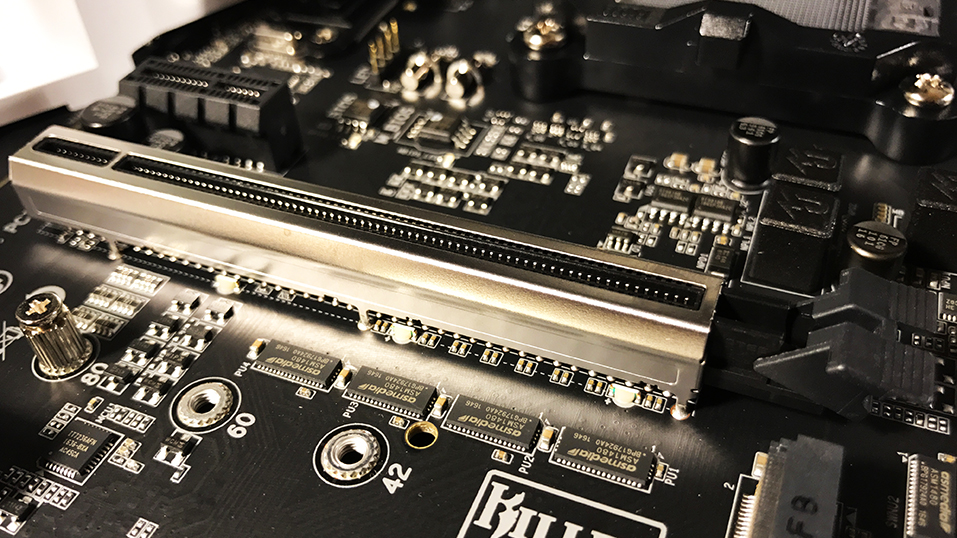
Learning about PCIe lanes
High speed I/O inside a motherboard is limited to the number of PCIe lanes available to the chipset and CPU. The main PCIe slots you plug graphics cards into support x16 speeds, though if you use multiple cards, that can drop the slot to x8 or even x4, depending on the motherboard and the CPU. The good news is you likely won’t need to worry about these complexities at all, unless you plan on an Nvidia SLI configuration with 3-4 graphics cards.
Standard Intel desktop processors have 16 lanes for one or two x16 PCIe slots, with more provided by the chipset. This seems like plenty until you remember one graphics card uses up to 16 lanes by itself.
Fortunately, modern, high-end chipsets like Intel’s Z690 provide enough to cover various configurations like dual GPUs or exotic M.2 configurations and a huge jump compared to the handful available during the Haswell era. Do note that the chipset to CPU link is only equivalent to four PCIe lanes, however, so it’s a potential bottleneck if you run multiple high-speed devices off the chipset lanes.
Intel’s X299 with Core i9 CPUs will give you 44 lanes on Skylake-X CPUs like the i9 7900X and newer i9 9900X and above, along with another 24 from the chipset. (Earlier i7 7800X and i7 7820X are limited to 28 PCIe lanes from the CPU.) Keep in mind that while the lanes may be available from the chipset, some boards only provide the physical connectors for a single x16 slot, running any additional full-length slots at x8 or slower.
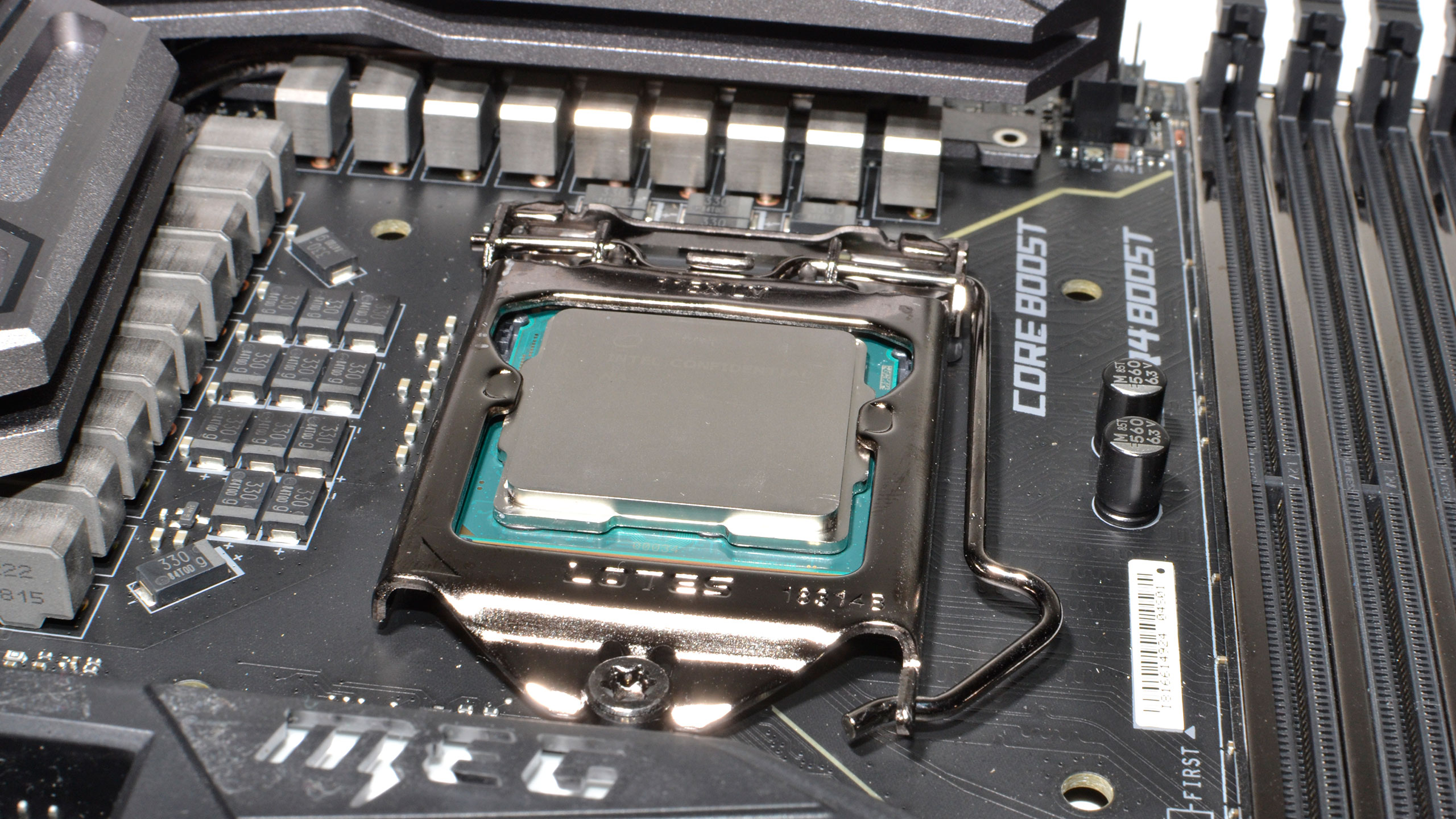
AMD splits the difference this generation, with 24 total lanes on Ryzen (four for the chipset) and an amazing 128 PCIe 4.0 lanes on the Threadripper pro. Most AM4 CPUs provide four PCIe lanes for a dedicated M.2 slot, a nice advantage for the mainstream platform.
The main takeaway here is that the performance drop from x16 to x8 is unnoticeable in gaming and most workloads. If you really want a deep dive into PCIe, check out this video.
That covers the basics. Plan your build in terms of size as well as aesthetic, and then choose the chipset that will best fit the needs of your CPU and PC. And now that we’ve covered the basics, you’re ready to go shopping.

